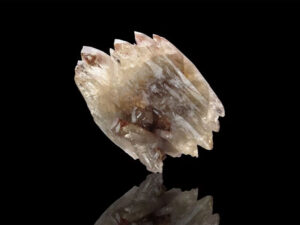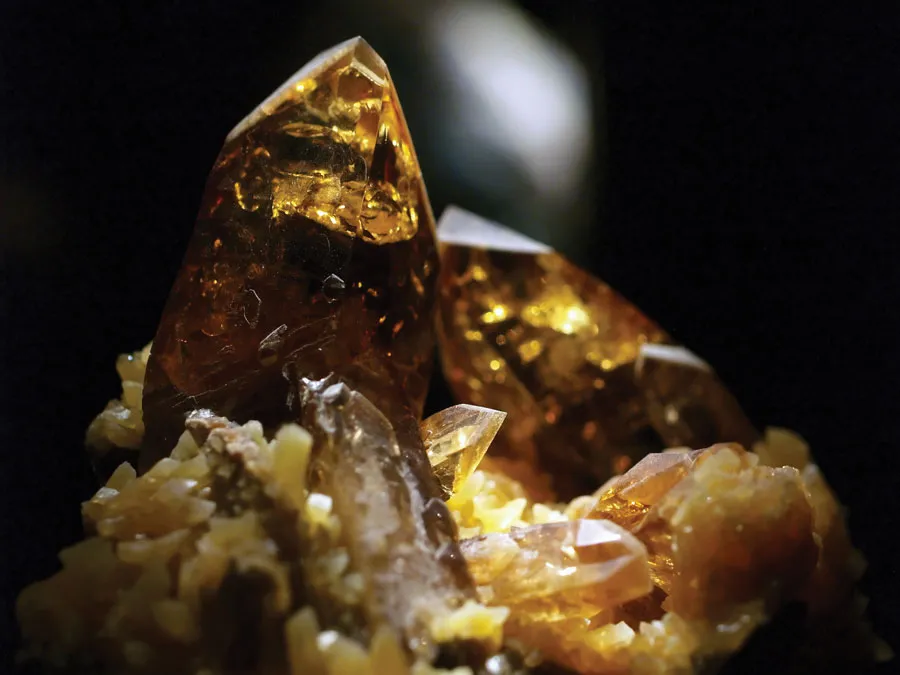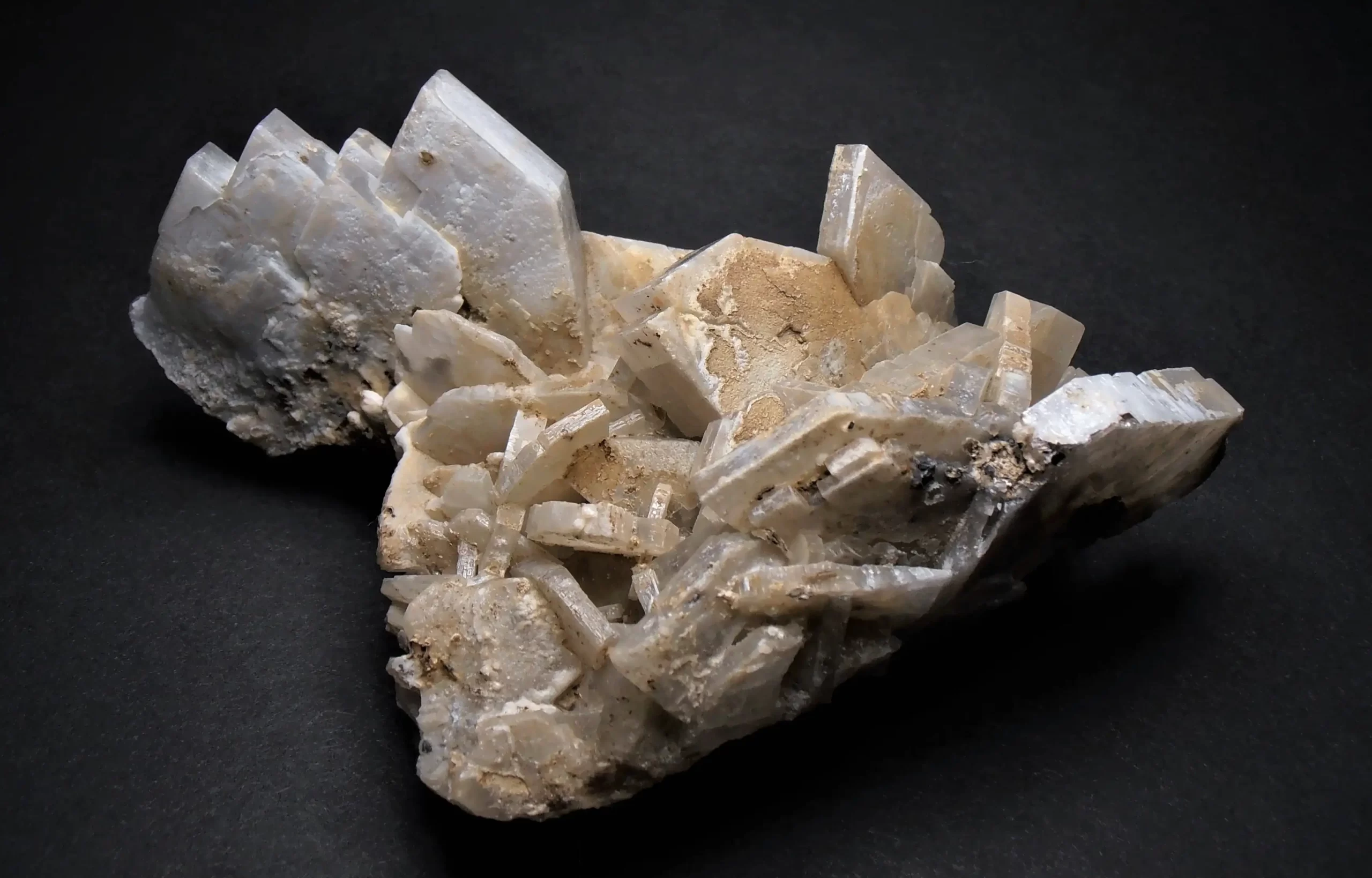Introduction
When it comes to drilling fluids in the oil and gas industry, one crucial element often goes unnoticed but plays a significant role – Barite. This naturally occurring mineral, known for its high specific gravity, has become a cornerstone in drilling operations worldwide. In this comprehensive article, we will delve deep into the world of Barite, uncovering its importance, characteristics, applications, and much more. So, fasten your seatbelts as we embark on a journey to understand the weighty facts about Barite.
What Is Barite?
Barite, scientifically known as barium sulfate (BaSO4), is a mineral renowned for its exceptional specific gravity. But what does specific gravity mean? Let’s start by breaking it down.
The Basics of Specific Gravity
Specific gravity, often abbreviated as SG, is a measure of a substance’s density concerning the density of water. In simple terms, it tells us how heavy or light a material is compared to water. The higher the specific gravity, the denser the substance.
The Importance of Barite’s High Specific Gravity
Now that we have a grasp of what specific gravity is, let’s unravel why Barite’s high SG is significant in various industries.
Oil and Gas Drilling
In the realm of oil and gas exploration, drilling is the heartbeat. Barite is added to drilling fluids to increase their density. This density is crucial as it counteracts the pressure from underground formations, preventing blowouts and facilitating efficient drilling.
Industrial Uses
Barite’s weighty properties extend beyond drilling. It finds applications in various industrial sectors, including paints, plastics, and radiation shielding. Its ability to add weight and increase density makes it invaluable.
Medical Imaging
In the medical world, Barite’s high SG shines in radiology. It’s used as a contrast agent in X-rays and CT scans, enhancing the visibility of internal structures.
Read More: Kaolin
Unveiling Barite’s Characteristics
To better understand Barite, let’s take a closer look at its unique characteristics.
Crystal Structure
Barite typically forms in orthorhombic crystals, which are prismatic and tabular. These distinct crystals make it easy to identify.
Color and Transparency
It usually appears colorless or white, but impurities can give it various hues. Barite is transparent to translucent, allowing light to pass through.
Cleavage
Barite exhibits perfect basal cleavage, meaning it can be easily split into thin sheets along one plane.
Barite Mining and Extraction
The journey of Barite from the earth’s depths to its various applications is a fascinating one.
Geological Formation
Barite primarily forms in hydrothermal veins and as a gangue mineral in various ore deposits. It often coexists with minerals like quartz and fluorite.
Mining Process
The extraction of Barite involves drilling, blasting, and the use of heavy machinery to reach the deposits. Once extracted, it undergoes crushing and grinding to prepare it for various applications.
Read More: Wikipedia
Environmental Impact and Regulations
As with any mineral extraction, Barite mining comes with its environmental concerns.
Habitat Disruption
Mining activities can disrupt local ecosystems, affecting flora and fauna in the area.
Water Pollution
The use of chemicals in Barite processing can lead to water pollution if not managed properly.
The Future of Barite
As industries evolve and environmental awareness grows, the future of Barite faces some challenges.
Sustainable Mining Practices
Companies are exploring sustainable mining practices to minimize environmental impact, ensuring the longevity of Barite resources.
Alternative Drilling Fluids
Research into alternative drilling fluids may reduce the reliance on Barite, promoting more eco-friendly drilling practices.
Read More: Bentonite
Conclusion
In conclusion, Barite’s high specific gravity makes it a heavyweight champion in various industries, from oil and gas to medicine and manufacturing. Its unique characteristics and extraction processes provide an intriguing glimpse into this mineral’s significance. However, the challenges of environmental impact and sustainability beckon us to explore more eco-conscious alternatives. As we move forward, Barite’s role in our world continues to evolve.











